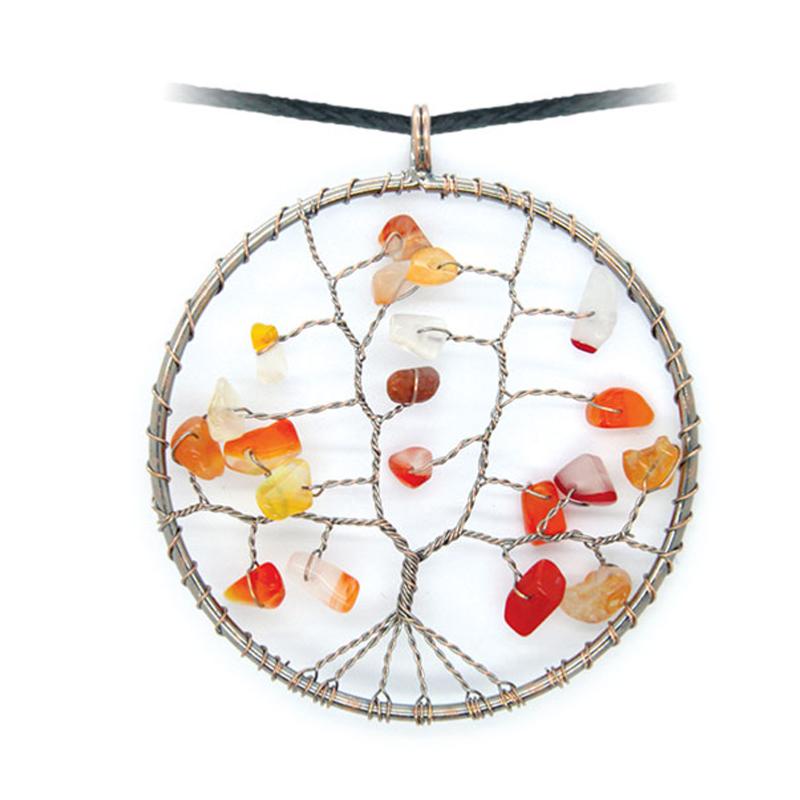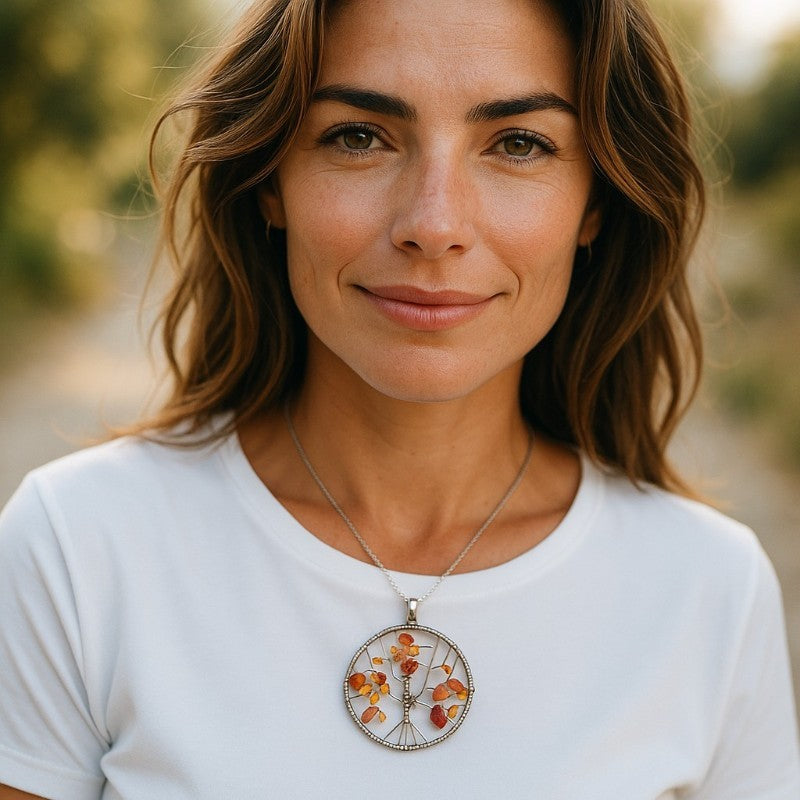1
/
of
2
Carnelian tree of life pendant 50mm + cord
PEN-AVCOR-03
8c984efa-30a8-5524-41cc-ae7b332135e6
028d80eb-2b30-41d4-b221-bda49eca04cf
- Regular price
-
9,90 € - Regular price
-
- Sale price
-
9,90 €
Tax included.
Shipping calculated at checkout.
Couldn't load pickup availability
Learn more
PEN-AVCOR-03
Origin: Brazil
Grade: A
Origin: Brazil
Grade: A
Dimensions:
50mm
Weight:
10g
Origin:
Brazil
Grade:
A = good
50mm copper-plated steel tree of life pendant with small carnelian fragments.
Comes with a black cord
The Tree of Life is a powerful symbol, representing the union of earth and sky. It is associated with creation and life. It brings wisdom, strength, and protection.
Find the characteristics of the stone in our dedicated section here:
https://www.laboiteacailloux.com/collections/cornaline
Comes with a black cord
The Tree of Life is a powerful symbol, representing the union of earth and sky. It is associated with creation and life. It brings wisdom, strength, and protection.
Find the characteristics of the stone in our dedicated section here:
https://www.laboiteacailloux.com/collections/cornaline
Features
Color :
- Red
Astrological sign:
- Ram
- Virgin
Stone Type:
Age :
- Adults
Gender :
- Unisex



Carnelian tree of life pendant 50mm + cord
- Regular price
-
9,90 € - Regular price
-
- Sale price
-
9,90 €
8c984efa-30a8-5524-41cc-ae7b332135e6
028d80eb-2b30-41d4-b221-bda49eca04cf
-
100% SECURE PAYMENT
Paypal, credit card, check, transfer
-
FREE DELIVERY
from 40€ purchase
-
SATISFIED OR REFUNDED
14 days to change your mind
-
CUSTOMER SERVICE AVAILABLE
contact@laboiteacailloux.com
Subscribe to our newsletter
to receive all our offers, good deals and new products from La Boite à Cailloux




